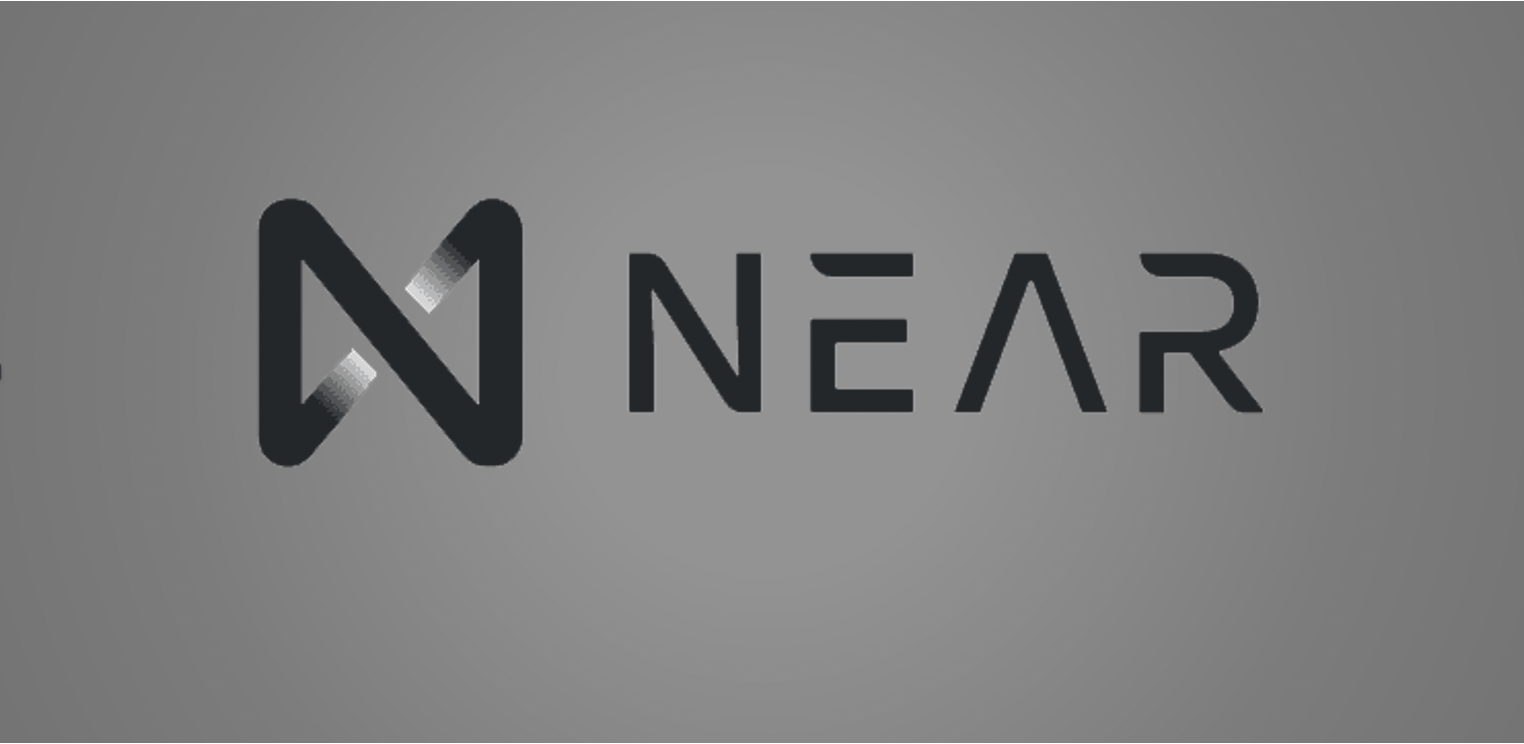Introduction
NEAR Protocol is a smart contract compatible cryptocurrency, a highly scalable and low-cost platform for developers, allowing them to create dApps or decentralized apps for various purposes. In the cryptocurrency space, the competition can turn out to be vicious. Nevertheless, cooperation is also widespread in the crypto space, particularly because it is a new asset class.
Crypto creators and experts have understood that it is highly beneficial to cooperate rather than to compete for the time being. And you will struggle to find any crypto project better than NEAR Protocol when it comes to cooperation in the cryptocurrency space. If you are interested in understanding what NEAR Protocol actually is, including its elements and features, this post will explain everything you need to know about it. Let’s get started.
What is NEAR Protocol?
NEAR or NEAR Protocol is a cryptocurrency blockchain that features smart contract functionality. NEAR Protocol is designed and developed to facilitate the creation of decentralized applications. It is also developer-friendly and is interoperable with Ethereum as well.
Coming down to its functionality, NEAR Protocol uses a block generation mechanism known as ‘Doomslug’ that processes over 100,000 transactions per second and a Sharding mechanism known as ‘Nightshade’ that splits the entire cryptocurrency network into multiple portions. The transaction fees on NEAR Protocol are so low that it requires a special unit of measurement for quantification called ‘yocto.’
Furthermore, the developers at NEAR Protocol are working to make the platform secure enough to handle valuable assets like identity or money. And with the likes of proof of stake, combined with sharding, the platform can prove useful for everyday customers.
How does it work?
NEAR Protocol is a dedicated proof of stake blockchain, which, to optimize performance, uses sharding. Sharding is quite different in NEAR Protocol as compared to other cryptocurrencies. That is, all shards on NEAR Protocol are considered a part of the same network. Using Nightshade, the cryptocurrency is interoperable with ETH using Rainbow Bridge. The Nightshade works to add a single snapshot of each shard’s existing state on the NEAR Protocol blockchain. Each shard has its own set of validator nodes that broadcast the shard’s existing state each time a block is produced.
Elements and Features of NEAR Protocol
NEAR Protocol comes with numerous functionalities that cater to the validators, end-users, and developers differently.
- NEAR Protocol allows the developers to prepay and sign the transactions in the end-users’ best interest, significantly reducing the need for the users to know about how the decentralized application works and other technical anomalies.
- It boasts a ‘Progressive UX,’ which is specifically designed for users so that they can use the platform without requiring to use tokens or wallets.
- When we talk about the validators, NEAR Protocol allows them to create an assortment of offerings for the users.
Conclusion
It is still too early to say whether people will accept NEAR Protocol or will it dethrone Ethereum. But it is certainly not impossible. Given the features and functionalities of the cryptocurrency, it can be said that NEAR Protocol is the future of the cryptocurrency market, especially because it can help create state-of-the-art decentralized applications.

